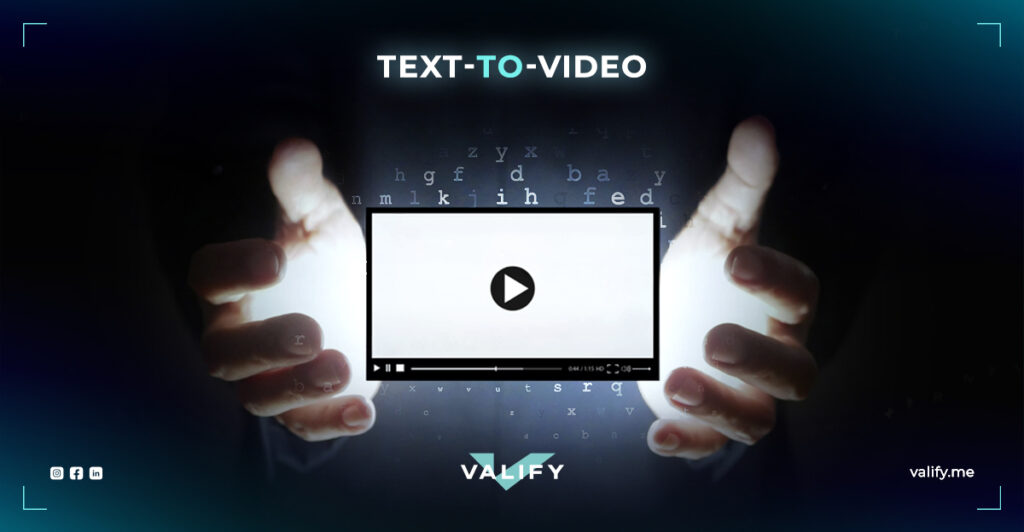Text to Video

In a world where motion content dominates our scrolling time, AI has made it easier for creators to saturate platforms with catchy content.
Traditional video creation could take up to two weeks for a single 5-minute video. An AI tool, with a good prompt, can accomplish this in just two minutes, significantly raising demand for such technologies.
Text-to-video tools employ various approaches to generate video content from text.
One method involves AI-generated visuals, where advanced algorithms like generative adversarial networks (GANs) create images and video snippets directly from textual descriptions.
Another method leverages existing video libraries, using NLP to analyze the text and match it with relevant stock footage. This approach often includes sophisticated editing techniques to seamlessly integrate different clips and create a cohesive video that aligns with the text’s narrative.
These methods can be used independently or combined, depending on the desired outcome and content complexity.
How it Works
A step-by-step guide into the process:
Text Analysis:
- Understanding the text input using NLP techniques.
- Identifying key elements in the text, such as characters, objects, actions, locations, and emotions, to understand what needs to be depicted in the video.
Content Generation:
- Based on the analyzed text, the system creates a script or storyboard outlining the scenes, actions, and transitions needed in the video.
- Generating individual scenes by creating visual elements (characters, backgrounds, objects) and animating them according to the storyboard (aka: Scene Synthesis).
Video Rendering:
- Using computer graphics techniques to animate the scenes. This can involve 2D or 3D animation, motion capture, and other visual effects.
- Ensuring that the generated visuals are synchronized with any accompanying audio, such as voiceover or background music.
Post-Processing:
- Fine-tuning the video by adjusting timing, transitions, and effects to ensure a smooth and coherent final product.
- Applying filters, color correction, and other enhancements to improve the visual quality of the video.
Technologies Involved
- Natural Language Processing (NLP)
- Computer Vision and Graphics:
- Generative Adversarial Networks (GANs)
- 3D Modeling and Animation: Tools like Blender, Maya, and Unity can create and animate 3D models and environments.
- Deep Learning:
- Transformers and Sequence Models: Used for tasks like text understanding, context extraction, and generating sequences of visual content.
- Reinforcement Learning: Can be used to optimize the generation process, ensuring that the output video accurately reflects the input text.
- Audio Processing:
- Text-to-Speech (TTS): Generating voice overs from text descriptions to accompany the video.
- Sound Effects and Music: Adding relevant audio elements to enhance the video’s impact.
Challenges
- Quality and Realism:
- Ensuring that generated videos are of high quality and realistic enough to meet user expectations.
Context and Relevance:
- Accurately interpreting context and generating relevant visuals that match the text input is complex, especially with abstract or nuanced descriptions.
Computational Resources:
- Generating high-quality videos requires substantial computational power and efficient algorithms to be feasible on a large scale.
Ethical Considerations:
- Addressing concerns about the potential misuse of text-to-video technology, such as creating misleading or harmful content.
To conclude this article, along with many AI potentials, the text-to-video feature of AI is yet to be properly developed. Content creators still have time in their hands to co-op with the changes as they seem to enhance on a slow scale.
Published on: August 8, 2024





